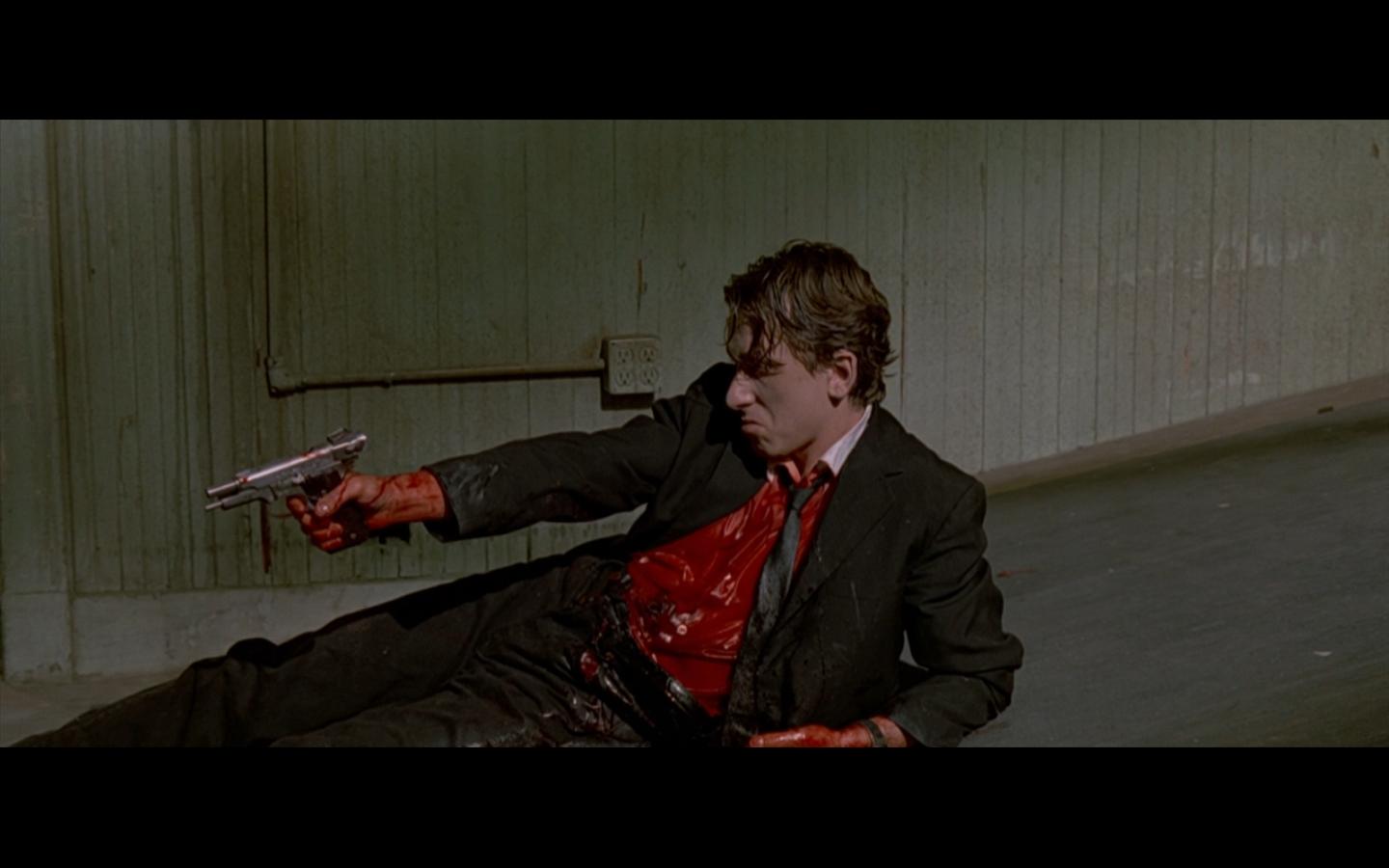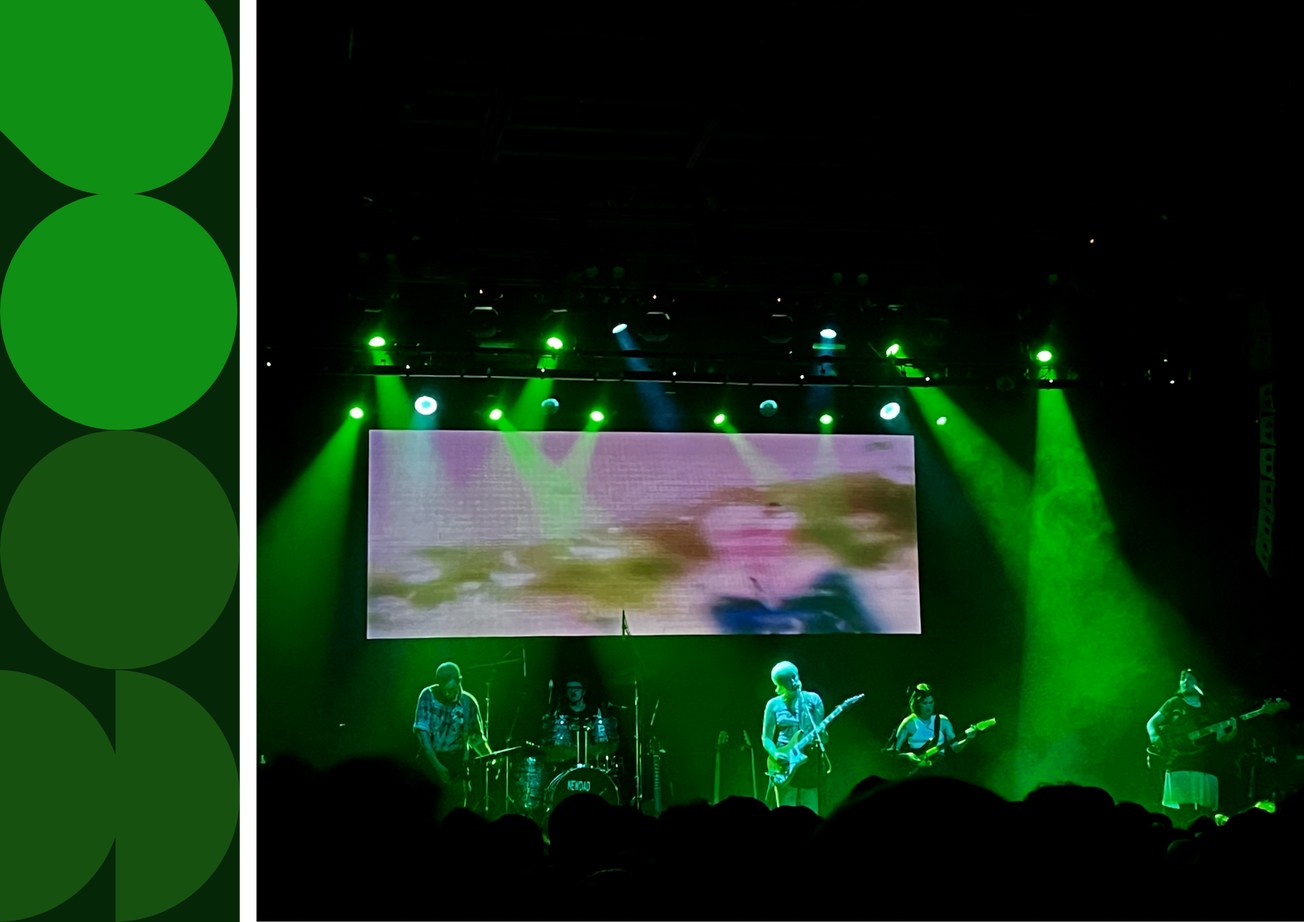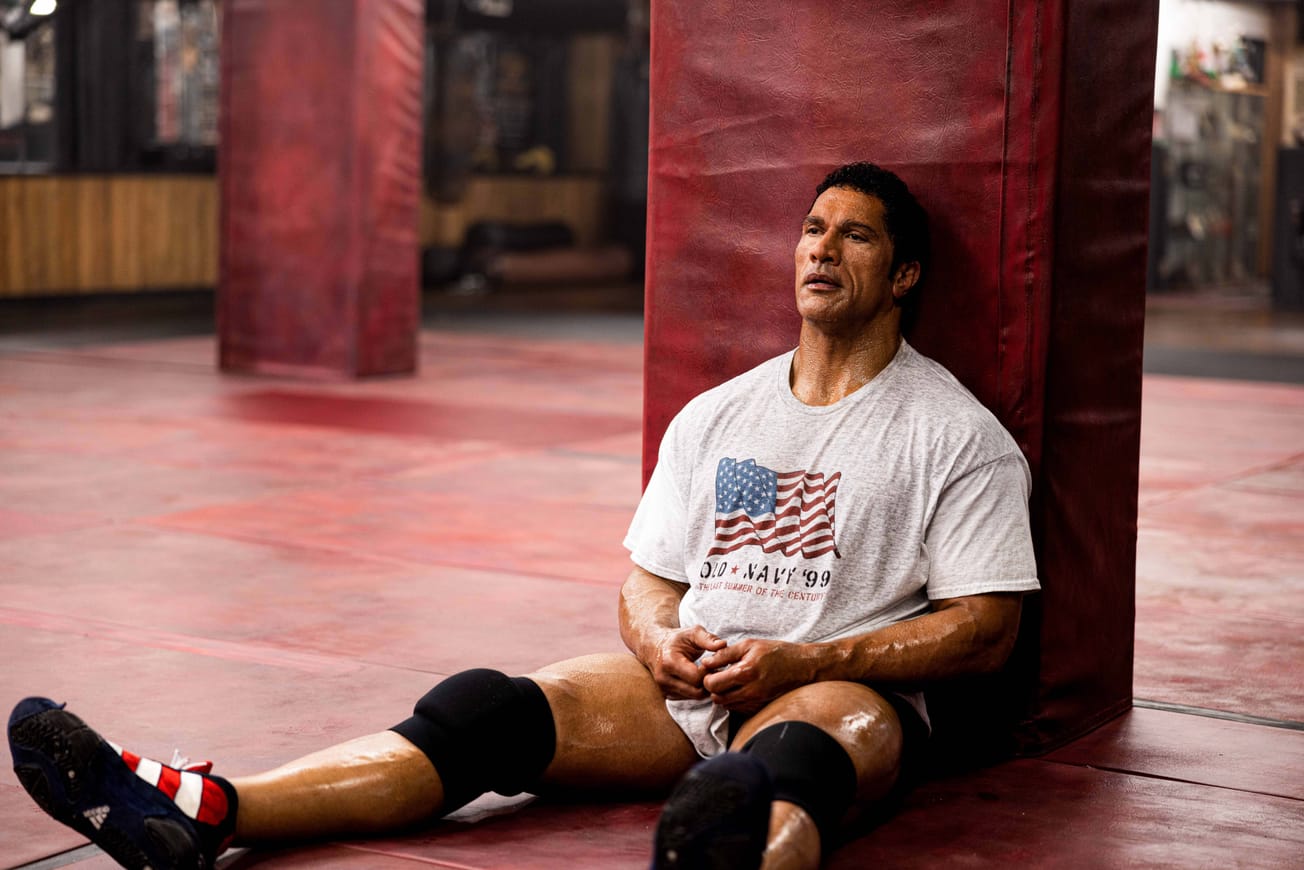By Lilia Sebouai, Second Year English
As part of our Violence in Film series, Lilia Sebouai explores the techniques and tricks director Quentin Tarantino uses to make each of his films so iconic.
One of the many reasons that Quentin Tarantino is hailed as one of the most influential directors of our generation is that his films never simply have a single iconic moment. Rather, each scene is individually imbued with an unforgettable Tarantino stamp.
I would compare watching a Tarantino film to reading a novel, the plot of each of his films unfold in chapters that each have infinite layers of depth. Each so detailed that they could stand alone as a short-film with interweaving plots and characters until they all meet each other for the finale.
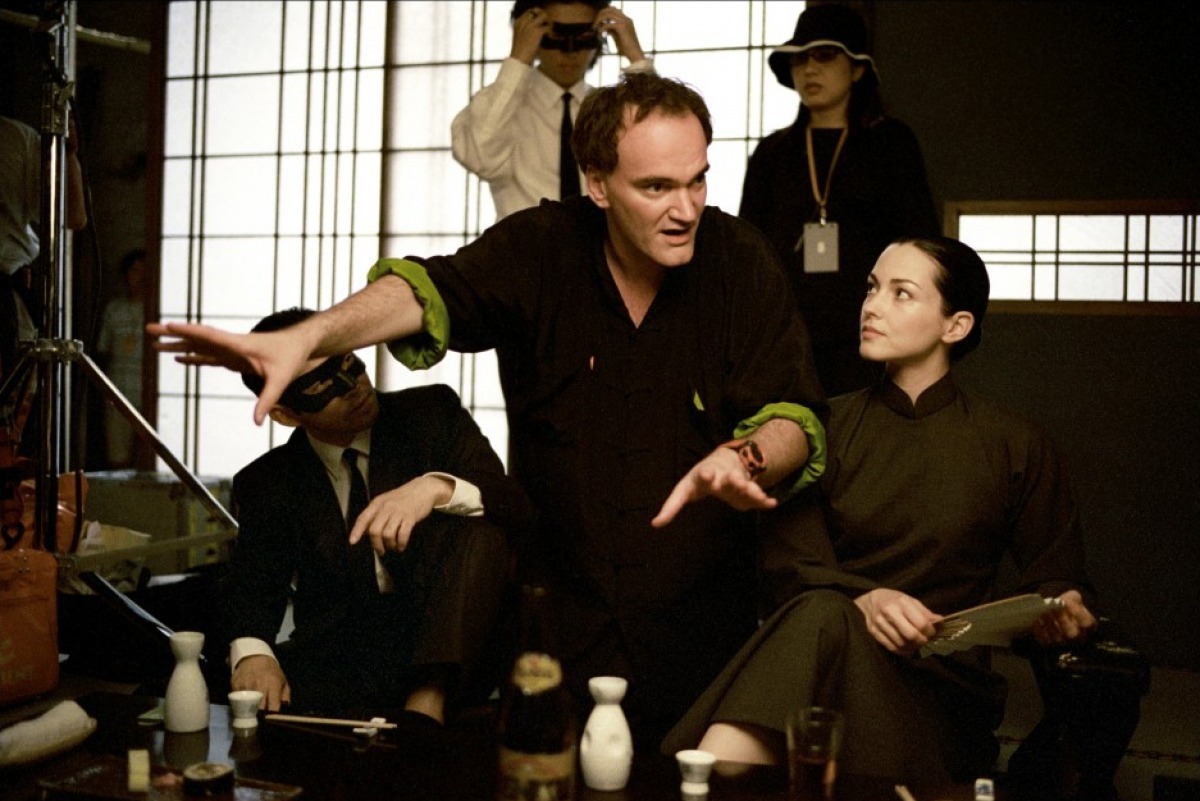
IMDb / Kill Bill: Vol. 1 / Miramax
Another seminal feature of Tarantino’s work is his groundbreaking use of soundtracks, particularly the way in which he uses them to open his films. Reservoir Dogs (1992) opens to the tripping percussion of ‘Little Green Bag’ by the George Baker Selection, the perfect rhythm for the authentically iconic slow-motion stride of the ‘wise guys’.
Not to mention when Dick Dale’s rock ‘n’ roll rendition of ‘Misirlou’ famously cracks open Pulp Fiction’s (1994) groundbreaking soundtrack. This became so influential that when Harvey Keitel was recreated as Winston Wolf for the 'Direct Line' advert, he drives away at the end accompanied by this iconic tune.
His influence also transcends the screen: there hasn’t been a Halloween since 1994 without a Mia Wallace outfit recreation; Samuel L Jackson’s impassioned recital of Ezekiel 25:17 is probably the longest biblical quote - even if it is fake - that I would stand a chance of reciting from memory; and Banksy’s depiction of Jules and Vincent Vega has become a staple piece of modern art.
Halloween pt. 1 = Mia Wallace pic.twitter.com/3AFX7wHFqL
— Kaitlyn🌻 (@kaitlynsales) October 27, 2018
Twitter / @kaitlynsales
Where each of his films have many layers of artistic creation, his contentious use of violence is certainly a crucial organ in his style of filmmaking. An interview for The Guardian went viral in 2013 when British journalist Krishnan Guru-Murthy went too far in pushing Tarantino for a comment on the connection between on-screen violence and real-life violence, resulting in a heated outburst from the Oscar-winning director: ‘I refuse your question. I’m not your slave, and you’re not my master. You can’t make me dance to your tune. I’m not a monkey.’
For Tarantino there is a huge chasm between movie violence and actual violence, the main difference being that in the movies, nobody is actually harmed. In every single one of his films an entire sequence is dedicated to either shoot outs, torture or just general scenes of bloody chaos.
When asked to comment on his arguably excessive use of gore, Tarantino said: ‘Violence is just one of those many things you can do in movies. People ask me, “Where does all this violence come from in your movies?” I said, “Where does all this dancing come from in Stanley Donen movies?”’ For Tarantino, violence is just as crucial as the car chase, the passionate love scene and even Donen’s classic musical number in the rain.
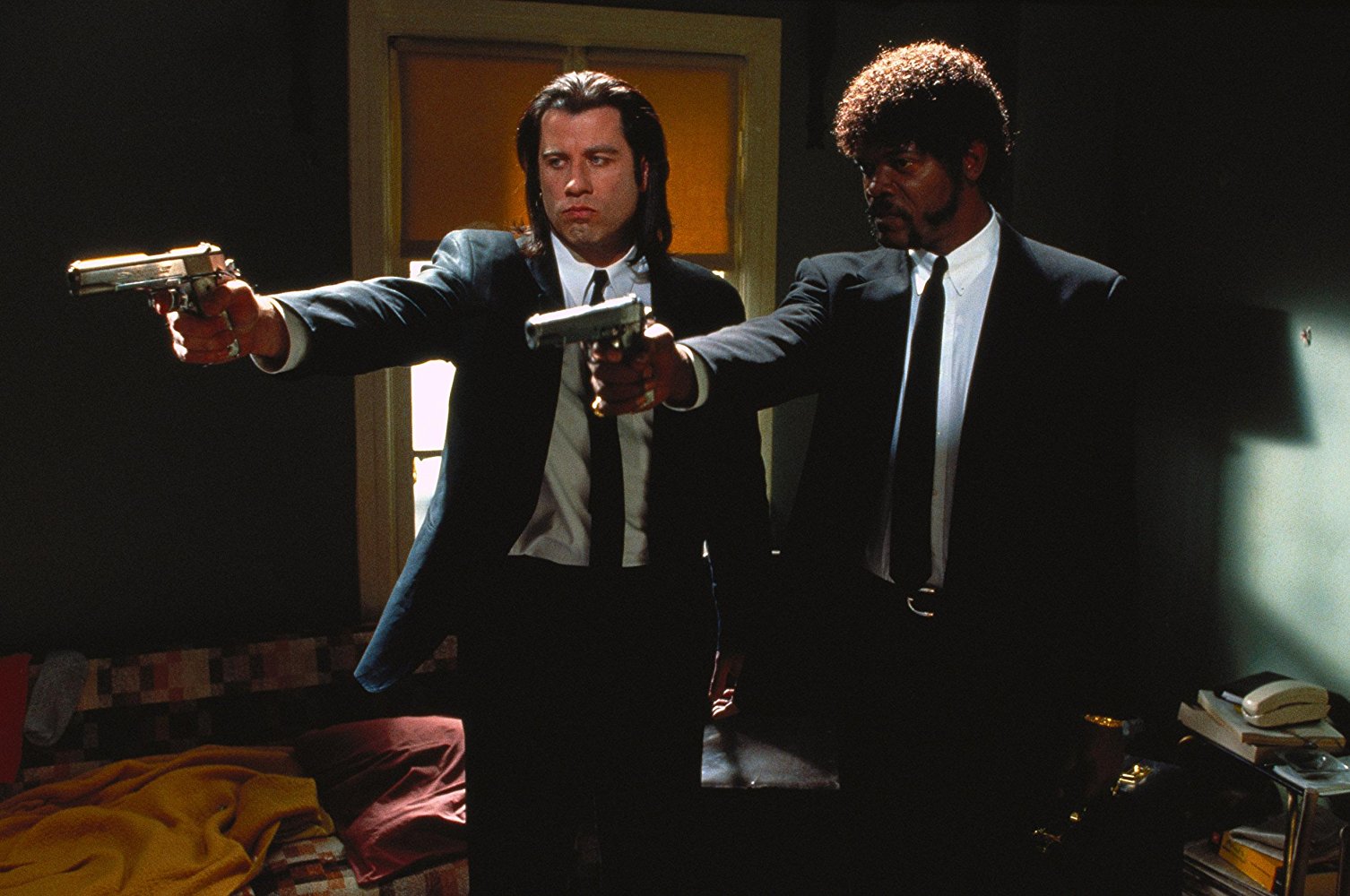
IMDb / Pulp Fiction / Miramax
I consider myself quite thick skinned when it comes to stomaching movie gore, but Tarantino managed to break me with the grotesque torture scene in Reservoir Dogs. One of cinema’s most gruesome moments, the tension created throughout the notorious sequence reaches that of a horror film, due to the threat of the impending torture.
But, where the thought of being left alone in an abandoned warehouse with the psychopathic Mr. Blonde (Michael Madsen) dancing around maniacally would normally leave me in a cold sweat, the music created a contradictory impulse. While I had one hand covering my eyes, my toes were nevertheless tapping to ‘Stuck in the Middle With You’ by the Stealers Wheel. Yet a new wave of fear raises as soon as we see the gasoline, as we have no doubt what Mr. Blonde intends to use it for.
Yet Tarantino is of course all too aware of this: he almost resurrects Mr. Orange (Tim Roth) from the dead to break the intensity with an eruption of gunfire. This technique is masterfully used as a kinetic release.
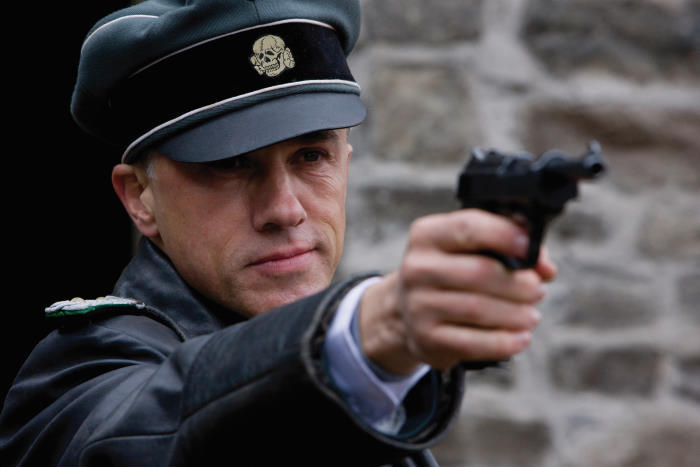
IMDb / Inglourious Basterds / Universal Pictures
By using the psychology of suspense, Tarantino toys with the audience for the maximum amount of time before creating an explosion in the moment of climax; he employs the notion of taking pleasure in violence.
This can also be seen in Inglourious Basterds (2009), Tarantino is more than aware that his audience is naturally predisposed to hate Nazis. Therefore, we can’t help but feel a twisted sense of satisfaction when the savage Nazi colonel Hans Landa, played by Christoph Waltz, is branded with a swastika as justice for his war crimes at the films denouement.
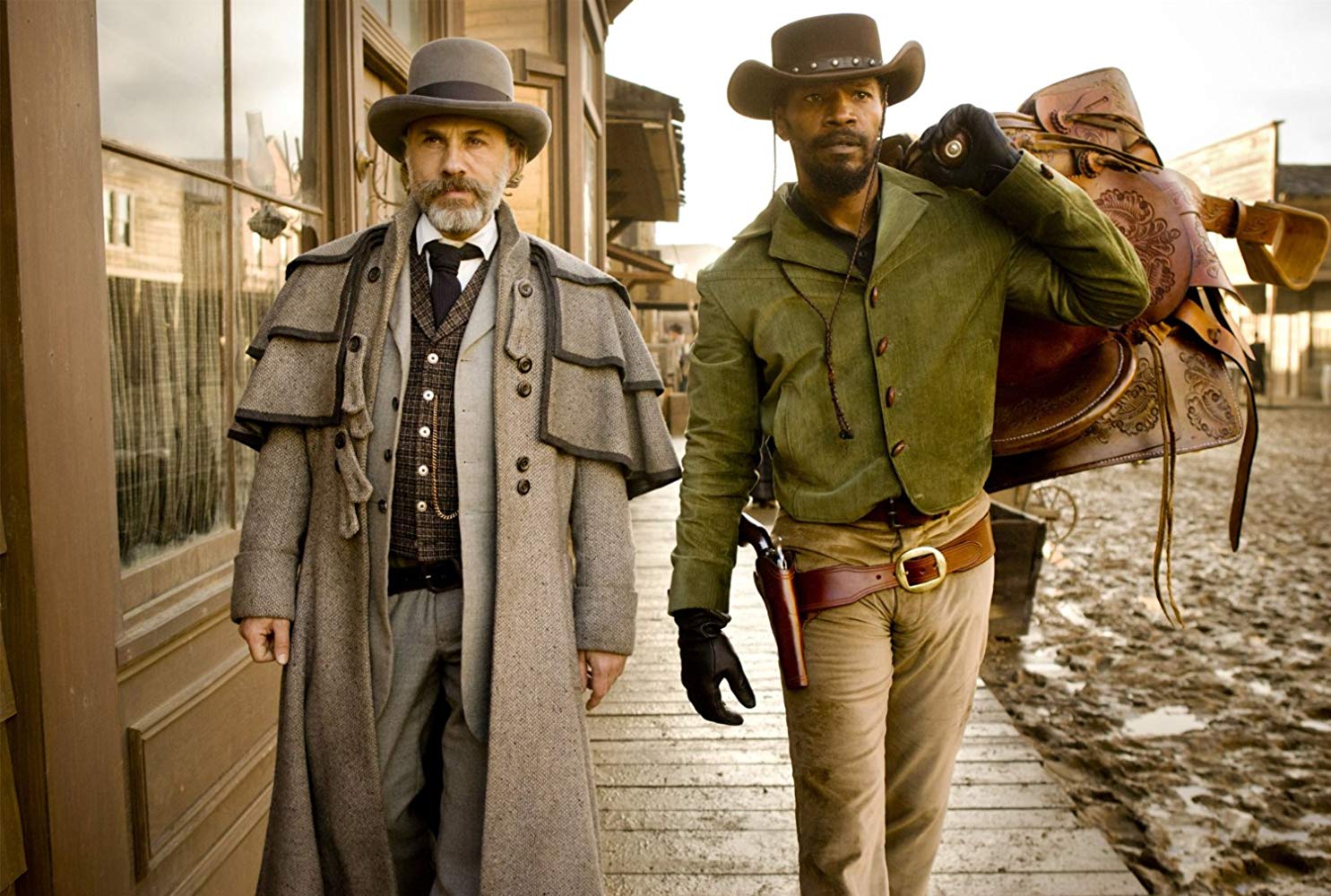
IMDb / Django Unchained / Columbia Pictures Corporation
Similarly, the epic mansion shootout at the end of Django Unchained (2012), where 17 people are slain, feels cathartic after watching so many horrendous atrocities unfold. The action set piece becomes almost pleasurable, aided by the almost cartoonish use of blood and the way that the bodies are strewn around like rag dolls.
Rather than to make a social or political statement, Tarantino uses violence to optimise his audience’s cinematic experience. He said: ‘I feel like a conductor and the audience’s feelings are my instruments. I will be like: “laugh, laugh, now be horrified.”' When someone does that to me I’ve had a good time at the movies,’ and I certainly have the same reaction.
Featured Image: IMDb / Reservoir Dogs / Miramax
Which iconic moment in Quentin Tarantino's films is your favourite?
Facebook // Epigram Film & TV // Twitter

